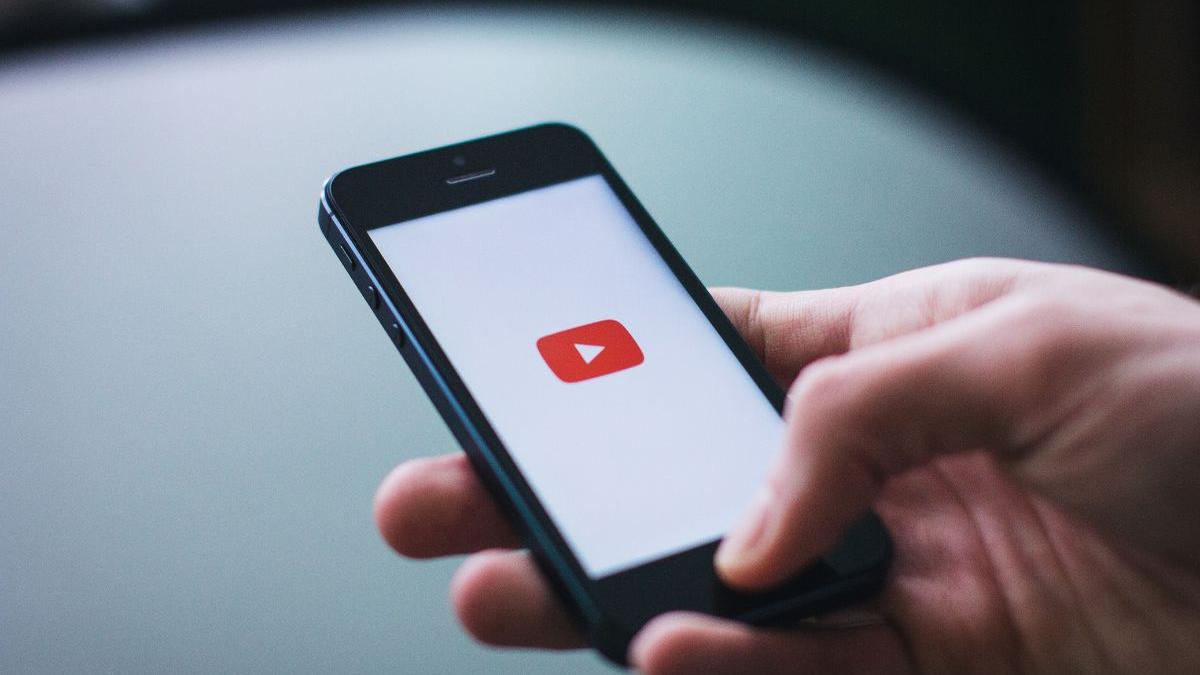YouTube has announced a new update to its monetisation policy under the YouTube Partner Programme (YPP), set to take effect from 15 July 2025. The update has sparked concern among content creators, especially those producing reaction videos, compilations and AI-assisted content. However, the platform has clarified that the changes are not sweeping overhauls, but refinements aimed at more effectively identifying and restricting inauthentic or mass-produced content.
Focus on inauthentic content
The primary change involves an update to YouTube’s long-standing “repetitious content” policy, which will now be renamed “inauthentic content”.
This change is intended to better reflect the nature of problematic content that YouTube seeks to exclude from monetisation, namely, material that is repetitive, mass-produced or lacking in originality.
YouTube clarified that this is a minor update, not a fundamental change in policy. Renee Richie, creator liaison at YouTube, addressed the concerns in a recent explainer video, stating:
“If you’re seeing posts about a July 2025 update to the YouTube Partner Program monetisation policies and you’re concerned it’ll affect your reaction or clips or other type of channel. This is a minor update to YouTube’s long-standing YPP policies to help better identify when content is mass-produced or repetitive.”
What content is affected?
YouTube’s updated guidelines are focused on detecting mass-produced or AI-generated content that adds little or no original value. The platform made it clear that content already in violation of existing monetisation rules such as bulk-uploaded, formulaic videos, will now be identified and addressed more efficiently under the revised policy.
Richie further explained, “The type of content targeted by the update is the mass-produced, repetitive material that is already ineligible for monetisation under the company’s YouTube Partner Program (YPP).”
This includes content that is heavily reliant on existing clips, automated text-to-speech narration, or AI-generated visuals, especially if those elements are not significantly transformed or contextualised by the creator.
For example, tutorials and vlogs that reuse large amounts of pre-existing footage without meaningful narration or commentary may be at risk of demonetisation.
Reaction videos and compilations still eligible
Following backlash and confusion among creators, YouTube was quick to reassure that not all reused content will be disqualified. Channels producing reaction videos, compilations, or commentary-based material can still qualify for monetisation, provided they offer genuine, original contributions to the reused footage.
This means that while reused content is not banned outright, creators must ensure they are adding value, such as through original insights, analysis, or creative editing.
AI-generated content under scrutiny
A significant implication of the update is the increased scrutiny of AI-generated content. Channels that rely heavily on AI tools to produce videos with minimal human input may find themselves ineligible for monetisation. YouTube is focusing on improving its ability to detect such content, especially when it lacks original commentary or context.
No change to reused content policy
YouTube has confirmed that there are no changes to its “reused content” policy, which continues to allow for the monetisation of clips, commentary, compilations and reaction videos, so long as creators add original and meaningful value. The revised guidelines are meant to clarify, not replace, existing standards.
Core eligibility requirements remain unchanged
Despite the policy clarification, YouTube’s core thresholds for monetisation under the YPP remain the same. To qualify, a channel must have at least 1,000 subscribers and either 4,000 valid public watch hours over the past 12 months or 10 million valid Shorts views within the past 90 days.
This ensures that creators meet a baseline level of engagement before earning ad revenue.
What creators should do
For content creators aiming to join or stay within the YouTube Partner Programme, the guidance remains consistent: focus on producing original, authentic content. Reaction videos, educational commentaries, and creative compilations can remain monetisable if they involve thoughtful curation, analysis, or transformation of source material.
Channels should avoid uploading content that appears automated, repetitive or low-effort, especially if it lacks any clear personal input. This includes content created entirely using AI or other automated tools without human editing or commentary.
